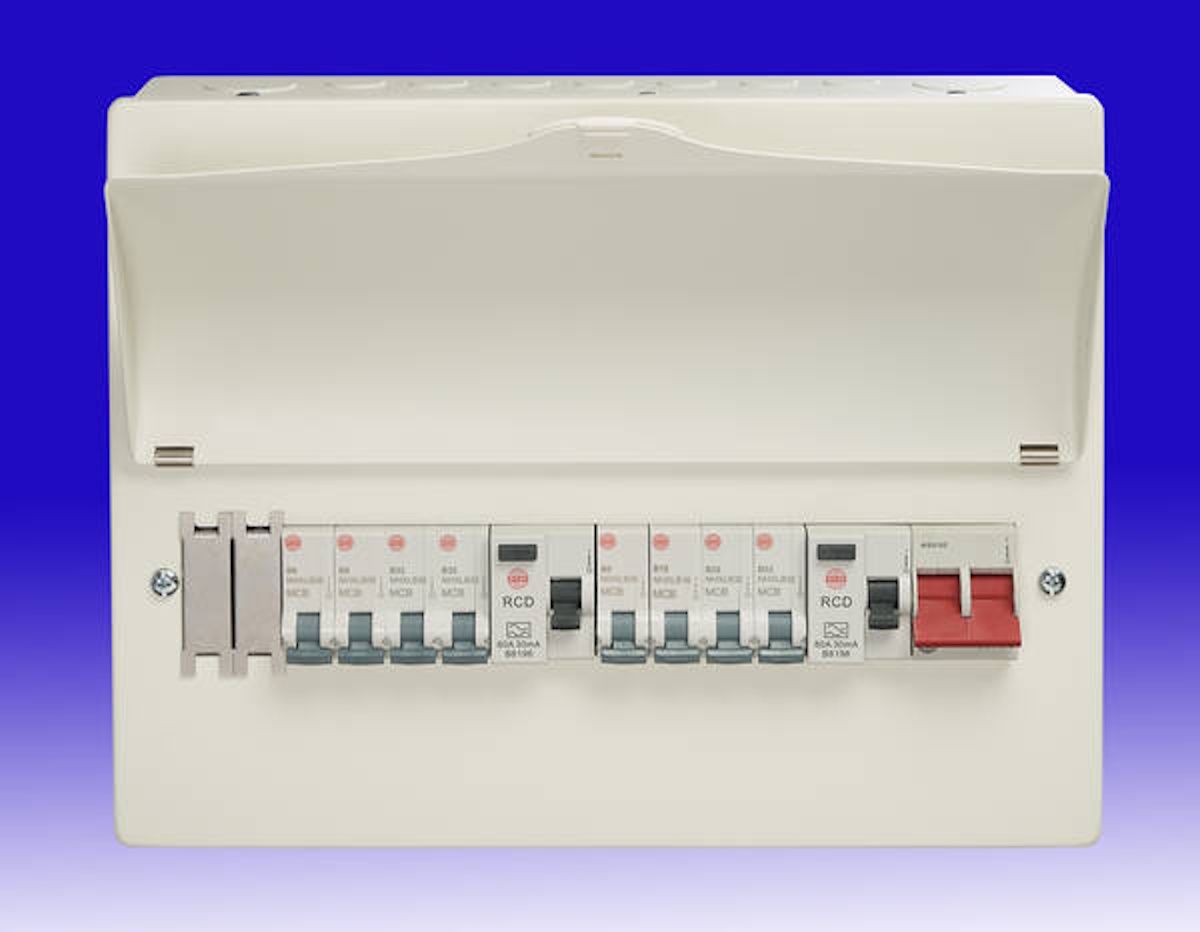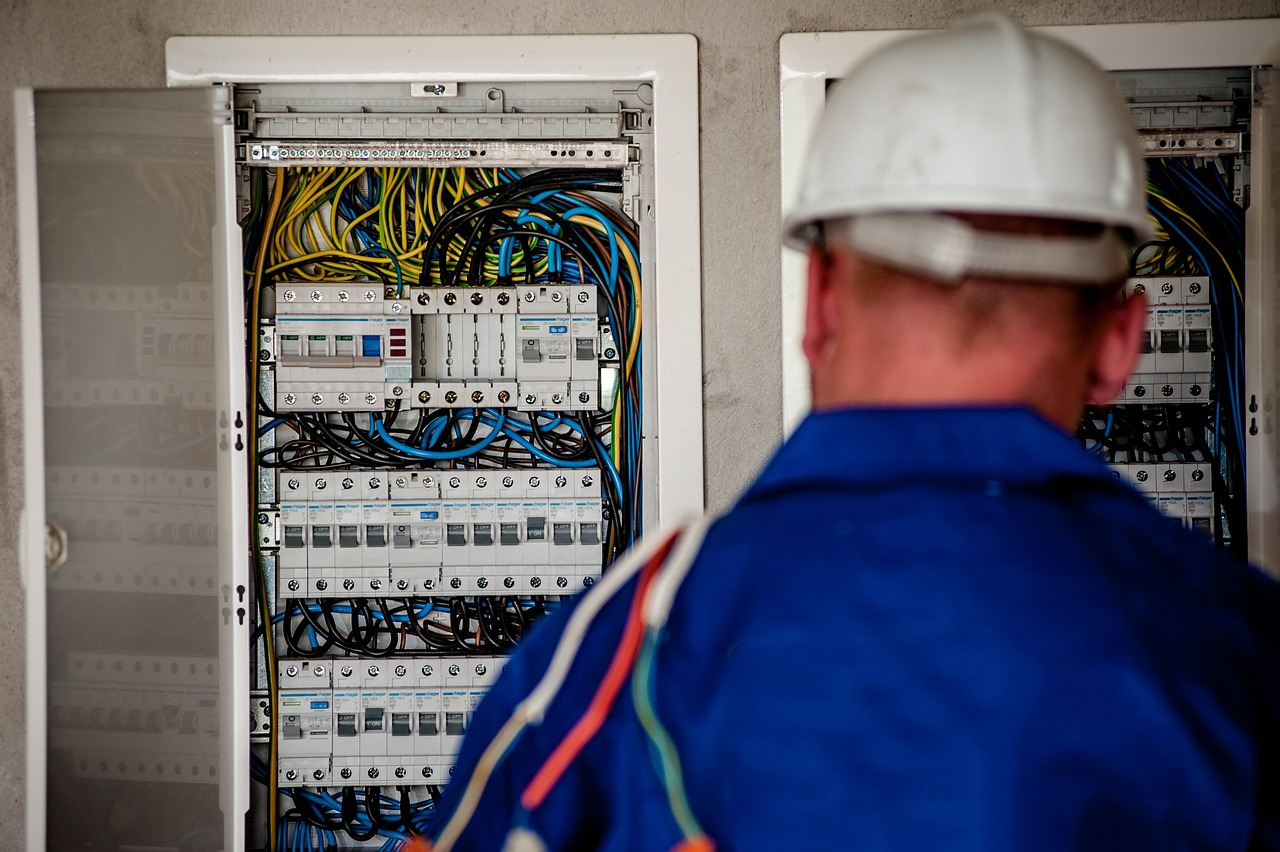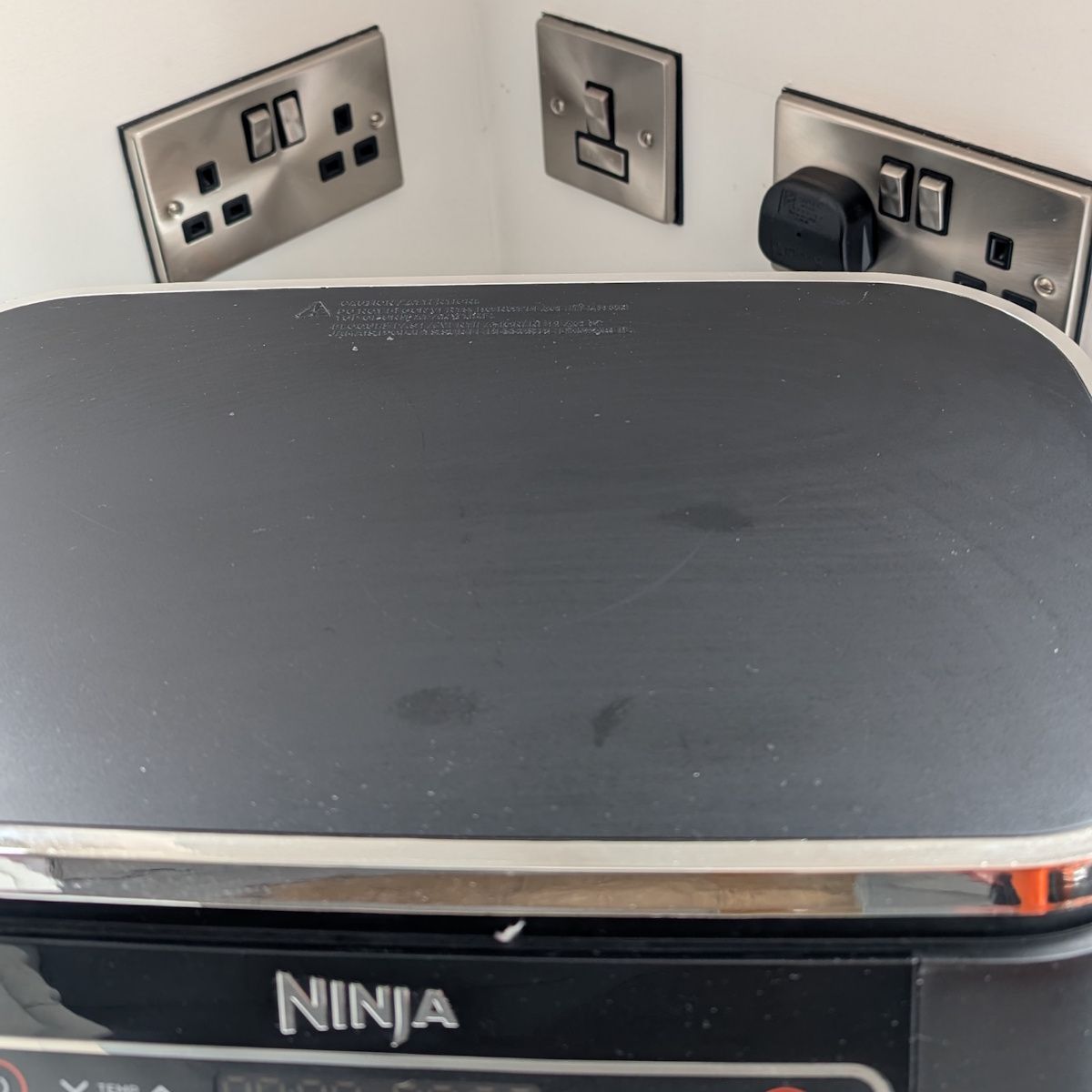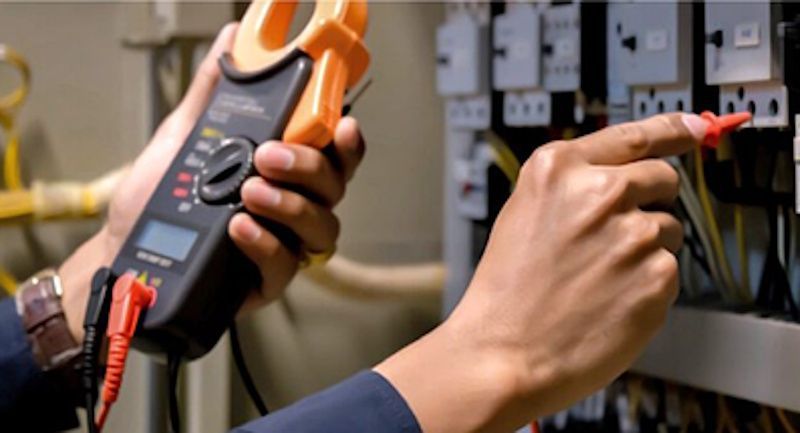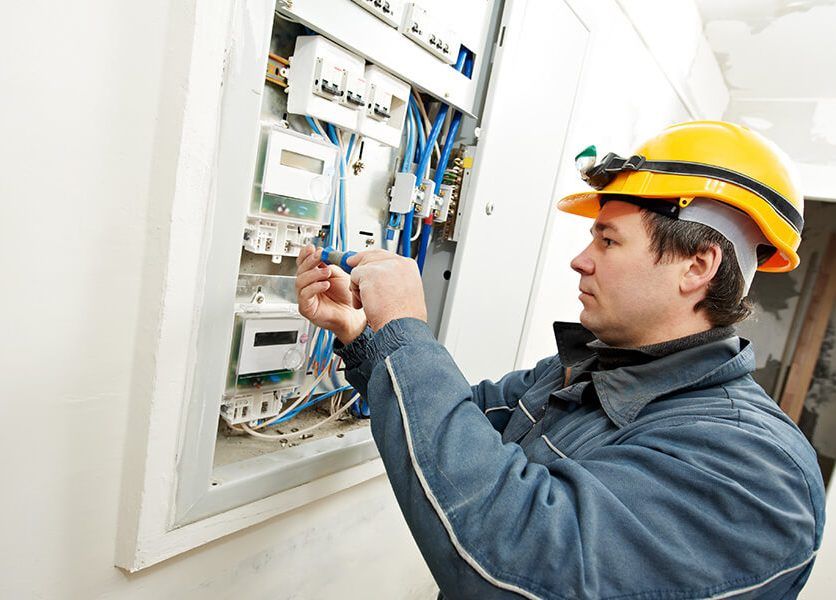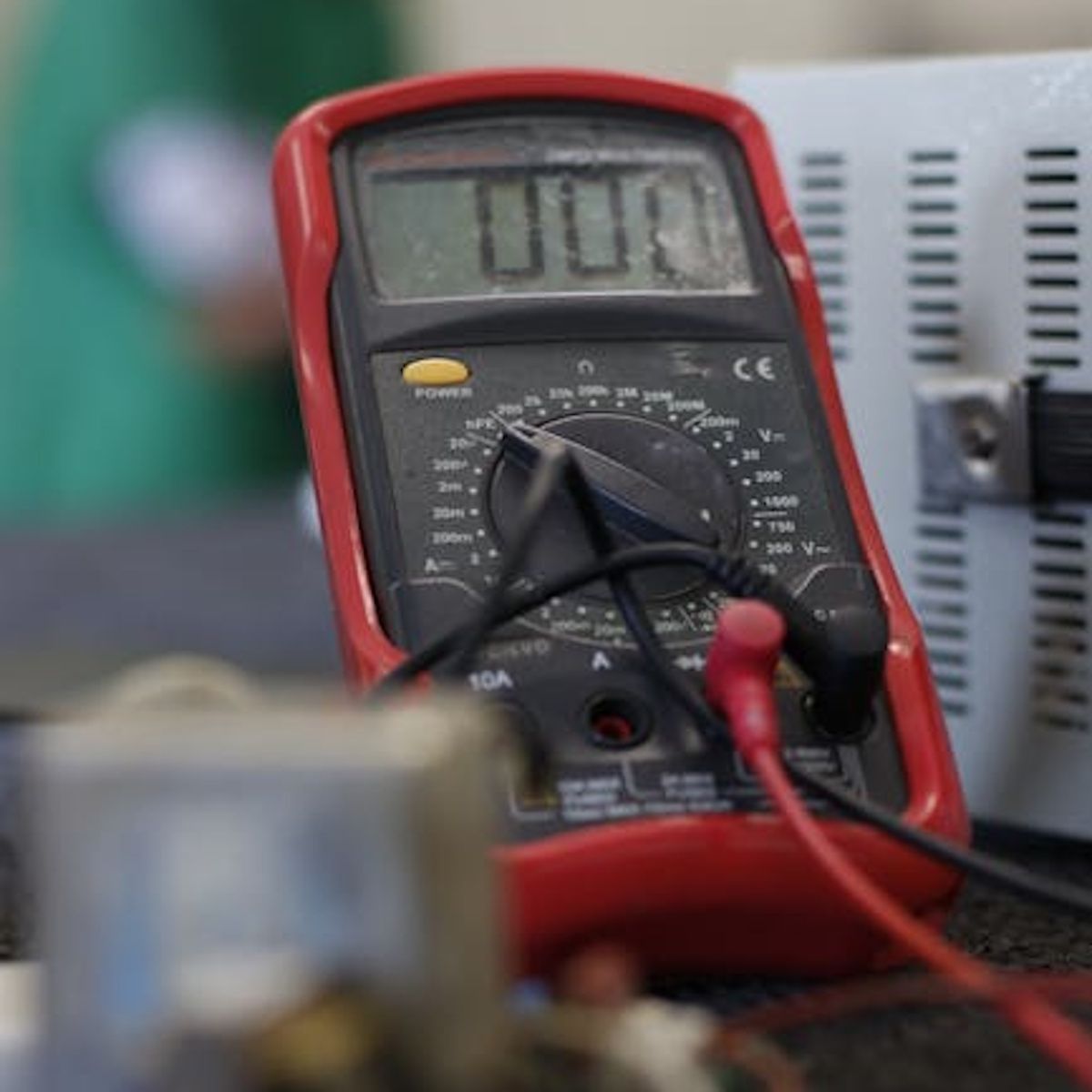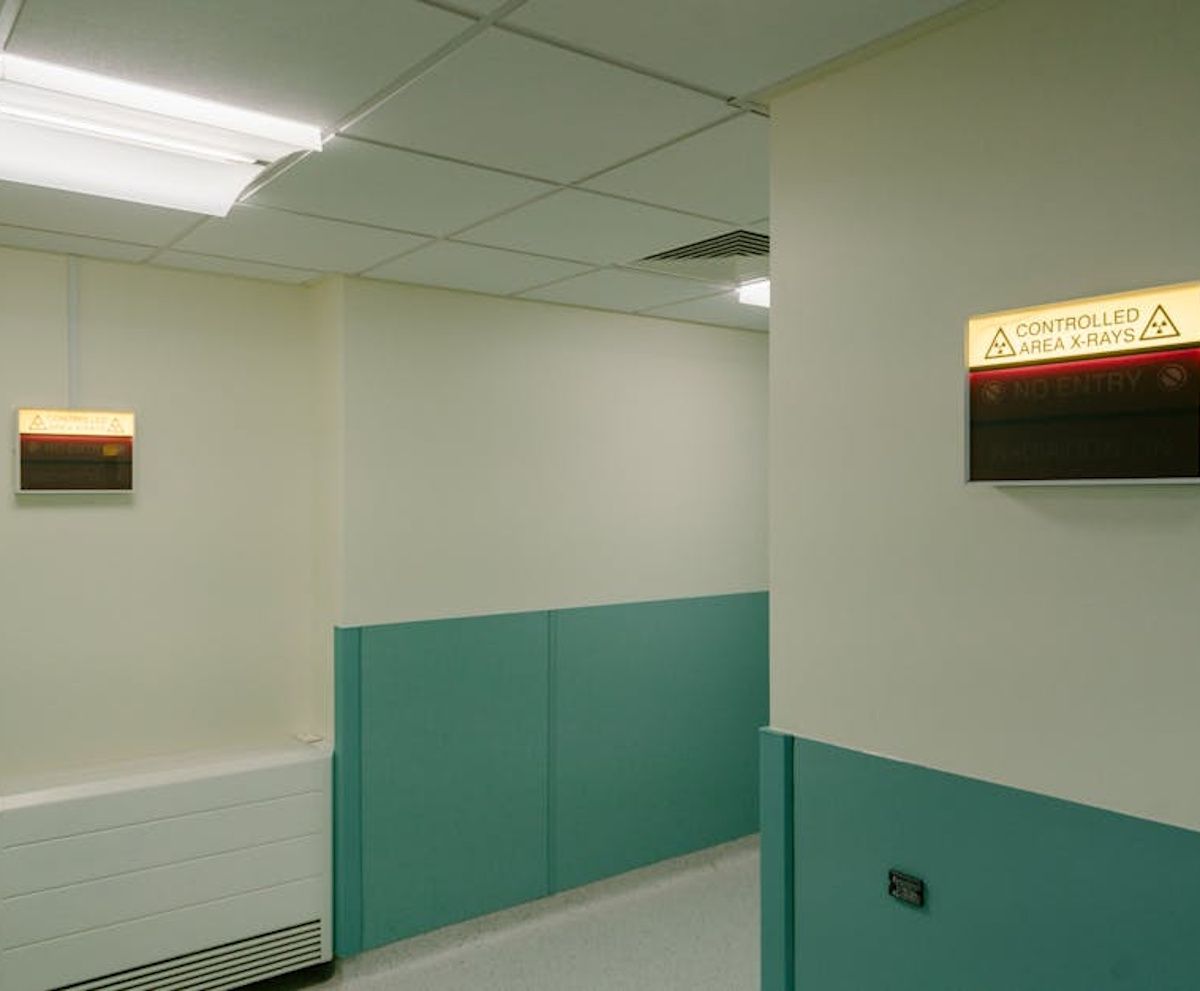What is Fixed Wire Testing
What is Fixed Wire Testing?
Ensuring electrical safety in homes, workplaces, and public spaces is paramount, and one key element in maintaining this safety is fixed wire testing. But what exactly does fixed wire testing involve, and why is it so essential? This article will explore the ins and outs of fixed wire testing, its importance, procedures, and how it helps protect people and property.
Understanding Fixed Wire Testing
Fixed wire testing, also known as fixed electrical installation testing, refers to the inspection and testing of the electrical wiring and fixed electrical systems within a building. Unlike portable appliance testing (PAT), which focuses on portable electrical equipment, fixed wire testing examines the fixed electrical installations such as power outlets, light fittings, distribution boards, and the wiring itself.
The purpose of fixed wire testing is to ensure that the permanent electrical system is safe, functional, and compliant with current electrical regulations and standards, such as BS 7671 in the UK. This type of testing helps identify potential hazards like damaged cables, faulty connections, or deteriorated components before they cause accidents or failures.
Why is Fixed Wire Testing Important?
Electrical faults can pose serious risks, including electric shocks, fires, or damage to equipment. Regular fixed wire testing plays a critical role in preventing these dangers by detecting early signs of electrical problems. Here are some of the key reasons fixed wire testing matters:
- Safety Assurance: It protects occupants from electrical hazards by verifying that wiring and installations comply with safety standards.
- Legal Compliance: Businesses and landlords must maintain electrical safety standards. Fixed wire testing ensures compliance with legal requirements, avoiding penalties.
- Insurance Requirements: Many insurers require proof of regular fixed wire testing to validate electrical safety and maintain insurance coverage.
- Identifying Repairs: It detects faults early, allowing for timely repairs and avoiding costly downtime or replacements.
- Building Maintenance: Regular testing helps maintain the integrity and performance of the electrical system, extending its lifespan.
What Does Fixed Wire Testing Involve?
Fixed wire testing is a detailed process conducted by qualified electricians or authorised inspectors. The tests involve both visual inspections and specialised electrical testing equipment to assess various parameters of the installation. Typical procedures include:
Visual Inspection
Before testing, the electrician performs a thorough visual check of the wiring, fixtures, and electrical components. They look for signs of wear, damage, overheating, corrosion, or inappropriate modifications to the electrical system.
Continuity Testing
This test ensures that all conductors in the wiring are continuous and properly connected without breaks. This includes checking earth continuity to guarantee that protective earthing is intact, a crucial safety measure.
Insulation Resistance Testing
This involves measuring the resistance between live conductors and earth to check for insulation deterioration or faults that could cause leakage or short circuits.
Polarity Testing
Polarity tests verify that all live, neutral, and earth wires are correctly connected and not reversed, preventing dangerous electrical faults.
Earth Fault Loop Impedance Testing
This test measures the impedance of the earth fault path, which determines whether protective devices will trip quickly enough in the event of a fault to prevent harm.
RCD Testing
If the circuit includes a Residual Current Device (RCD), the electrician will test its correct operation to ensure it can detect earth leakage currents and disconnect the circuit promptly.
How Often Should Fixed Wire Testing Be Carried Out?
The frequency of fixed wire testing depends on the type of property and its usage. For example:
- Domestic properties: Typically every 10 years or upon change of occupancy.
- Commercial properties: Usually every 5 years or sooner if specified by insurance or legal requirements.
- High-risk environments (e.g., construction sites or wet locations): Might require testing every 1 to 3 years due to increased risk factors.
It is essential to follow the guidelines recommended by governing bodies and seek advice from qualified electricians to schedule regular fixed wire testing suitable to your premises.
Final Thoughts
Fixed wire testing is an essential service that ensures the safety, reliability, and compliance of electrical installations in all types of buildings. Whether you’re a homeowner, landlord, or business owner, understanding the importance of fixed wire testing can help you proactively manage electrical risks. By scheduling regular inspections and tests, you protect people, assets, and your property from the potentially severe consequences of electrical faults. Always entrust fixed wire testing to certified professionals who understand the complexities of electrical systems and current safety standards.
Investing in fixed wire testing is investing in peace of mind and the long-term safety of your environment.
Contact us today on 01952 482886


